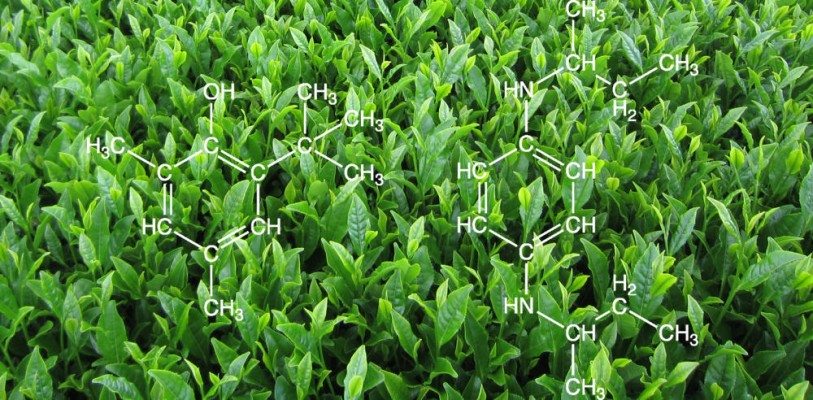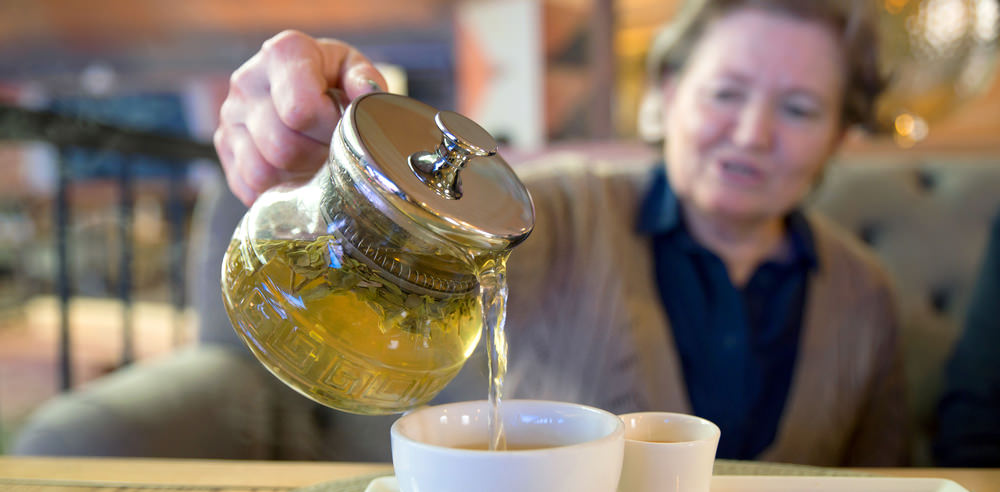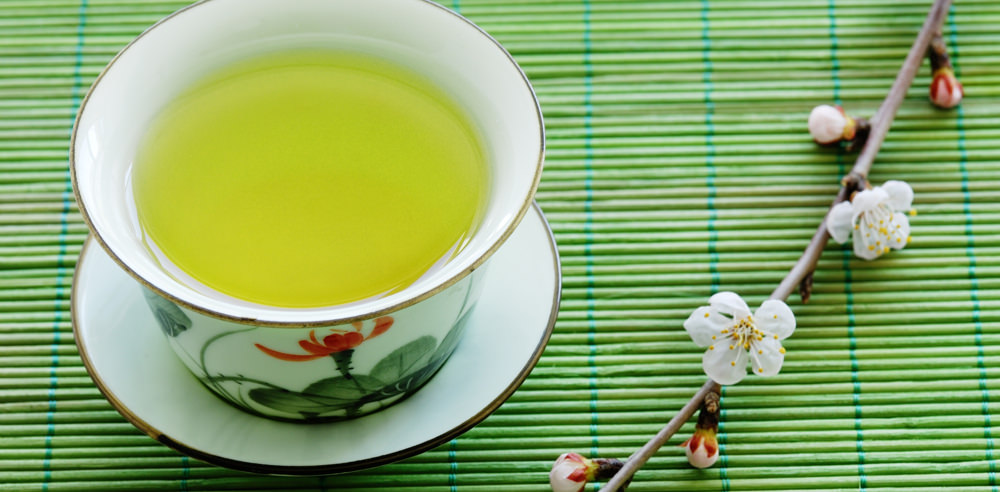
Antioxidants are molecules that can prevent the damage that is done to cells by reducing the number of free radicals.
Oxidation is a normal process that occurs in our body on the molecular level. It produces free radicals that can damage cells permanently or even cause DNA mutations and cancer.
Studies have shown that diet has a direct effect on both aging and lifespan. When the food you eat is metabolized it can produce free radicals. So eating antioxidant rich foods will lower the levels of free radicals in your body and could possibly decrease the effects of aging and increase your lifespan.
Antioxidants can be found in many different types of fruits, vegetables, nuts and teas. They consist of a group of vitamins including vitamin C, vitamin E, selenium and carotenoids (such as beta-carotene, lycopene, and lutein).
Green tea is a power food because of its high levels of antioxidants that mainly come from flavanols. These flavanols are naturally found in both green tea and black tea.
However, green tea has about twice the amount of flavanols than black tea. This is because oxidation occurs in black tea leaves during the fermentation process. Since green tea is not fermented, it retains the majority of these free radical killing molecules.
Top 5 ORAC scores of green tea bags:
| Rank | Brand | Total Antioxidant Capacity (TAC) (mmol/g) |
| 1 | Celestial Seasonings Authentic Green Tea | 1686 |
| 2 | Bigelow Green Tea | 1477 |
| 3 | Uncle Lee’s Green Tea | 1477 |
| 4 | Salada Green Tea Earl Green | 1250 |
| 5 | Lipton Green Tea | 1239 |
Top 5 ORAC scores of black tea bags:
| Rank | Brand | TAC (mmol/g tea) |
| 1 | Lipton Black Tea | 1372 |
| 2 | Wissotzky Earl Grey | 1205 |
| 3 | Sweet Touch NEE Black Tea | 967 |
| 4 | Twinnings English Breakfast Tea | 935 |
| 5 | Twinning Irish Breakfast | 811 |
These numbers are quite impressive, but how does green tea compare to fruits and nuts?
Top 5 ORAC scores of fruit:
| Rank | Fruit | Serving Size (grams) | TAC/serving |
| 1 | Wild Blueberry | 145g | 13,427 |
| 1 | Blueberry | 145g | 9019 |
| 2 | Cranberry | 95g | 8983 |
| 3 | Blackberry | 144g | 7701 |
| 4 | Raspberry | 123g | 6058 |
| 5 | Strawberry | 166g | 5938 |
Your average fruit tends to have a bit lower ORAC score. For example, a Fuji apple has a TAC of 3578 and a naval orange has a TAC of 2540. The fruits that got the lowest scores were the melons. Honeydew got a TAC of 410 while watermelon came in with 216.
Top 5 ORAC scores of nuts:
| Rank | Nut | Serving Size (grams) | TAC/serving |
| 1 | Pecans | 28.4g | 5095 |
| 2 | Walnuts | 28.4g | 3846 |
| 3 | Hazelnuts | 28.4g | 2739 |
| 4 | Pistachios | 28.4g | 2267 |
| 5 | Almonds | 28.4g | 1265 |
If you are interested in green tea, then you have probably seen several websites rehashing findings that matcha green tea has a TAC score of 1500 ± 73 per gram and wild blueberries having just 93.
This is true, but it is being packaged in their favor. One gram of wild blueberries does have a TAC of just 92.6. But when was the last time you ate only one gram of blueberries?
The recommended serving size for wild blueberries is 145 grams. This normal serving size takes the TAC up to 13,427.
The recommended serving size for matcha is 1 gram. You would need 9 servings of matcha green tea powder to equal 1 serving of wild blueberries. It’s very unlikely that anyone would drink this much matcha. If you do, then you’re not enjoying the drink.
This advertising strategy falls right in line with the 137x more EGCG myth that is floating around out there also. These guys aren’t telling lies, they’re just manipulating information in their favor.
Gram for gram, green tea has roughly 16x more antioxidants than wild blueberries. These numbers definitely help it earn its place as a super food. But once you take normal serving sizes and normal eating habits into consideration, it falls pretty even with fruits and nuts.
Including two to three cups of green tea or matcha in your daily diet would be the same as having a serving of almonds with every meal. That’s a pretty good amount of antioxidants each day. Especially if you wash those almonds down with a nice hot cup of green tea.
My advice would be, don’t get caught up in all of the hype. Green tea is good for you, just like fruits, vegetables and nuts are good for you. There is no need to supplement it or over do it.
Just drink it! You’ll be glad you started.
García, P., & Marín, D. (2008). New Research on Antioxidants. New York: Nova Biomedical Books.
Henning, S. M., Fajardo-Lira, C., Lee, H. W., Youssefian, A. A., Go, V. W., & Heber, D. (2003). Catechin Content of 18 Teas and a Green Tea Extract Supplement Correlates With the Antioxidant Capacity. Nutrition & Cancer, 45(2), 226-235.
Wu, X., Beecher, G. R., Holden, J. M., Haytowitz, D. B., Gebhardt, S. E. & Prior, R. L. (2004). Lipophilic and Hydrophilic Antioxidant Capacities of Common Foods in the United States. Journal of Agricultural & Food Chemistry. 52, 4026−4037.


